Colorado boasts some pretty big lakes and reservoirs within its state lines. From the eastern plains to the western slope, you can fish, boat, or just admire these massive bodies of water.
Imagine renting a motor boat and some fishing gear, along with your favorite companions for a day at the lake. Maybe you’ll catch a trophy trout or big catfish on the line. Maybe cool off in the water yourself. Or perhaps you’d prefer a day at the beach in landlocked Colorado. There are lakes and reservoirs with great beaches too. At the following largest lakes in Colorado, you’ll be able to do a little bit of everything.
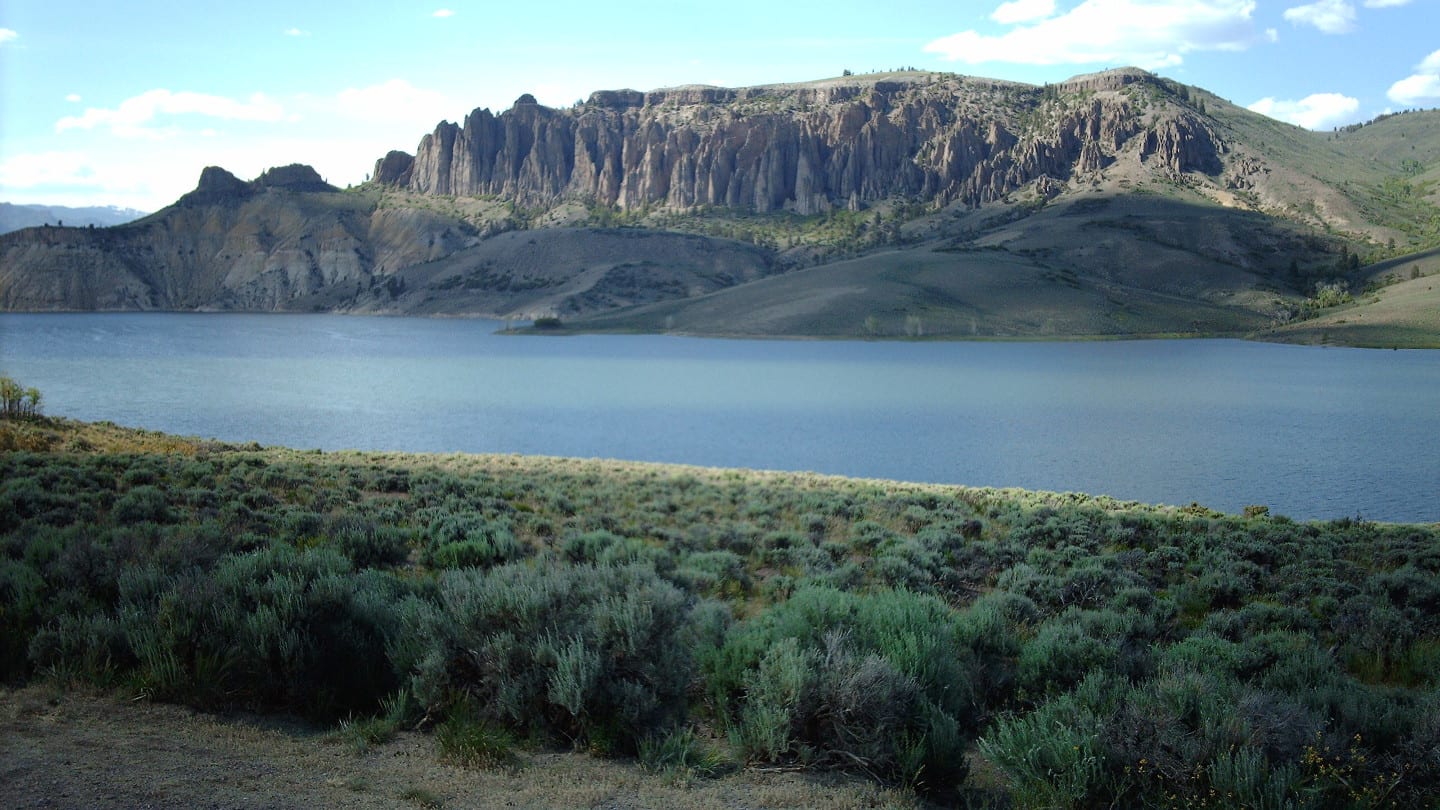
These destinations have spellbinding scenery around that will be enough to leave you awestruck. Colorado has such picturesque boating and fishing lakes that it will surely mix up the humdrum of life. What’s amazing about the amazing lakes in Colorado is that they allure vacationers not only to indulge in simple fishing but plenty of vigorous activities like wakeboarding, jet skiing, and water skiing.
The following lakes allow motorized boating. You’ll also be able to enjoy non-motorized watercraft, such as canoes, kayaks, and stand up paddle boards. So, let us take you to six of the biggest lakes where adventure and excitement will always stay hand in hand.
Here are the *largest lakes and reservoirs in Colorado, in order by volume (acre-feet):
*The volumes listed are approximate from Wikipedia. Volumes fluctuate. There could be errors here, take it with a grain of sand. These lakes are big. You can view a full Wikipedia table of the largest lakes, which includes the county they reside in, inflow river, any dam built, elevation, and other useful information.
1. Navajo Reservoir – Arboles (1,708,600 volume; 15,600 acres)
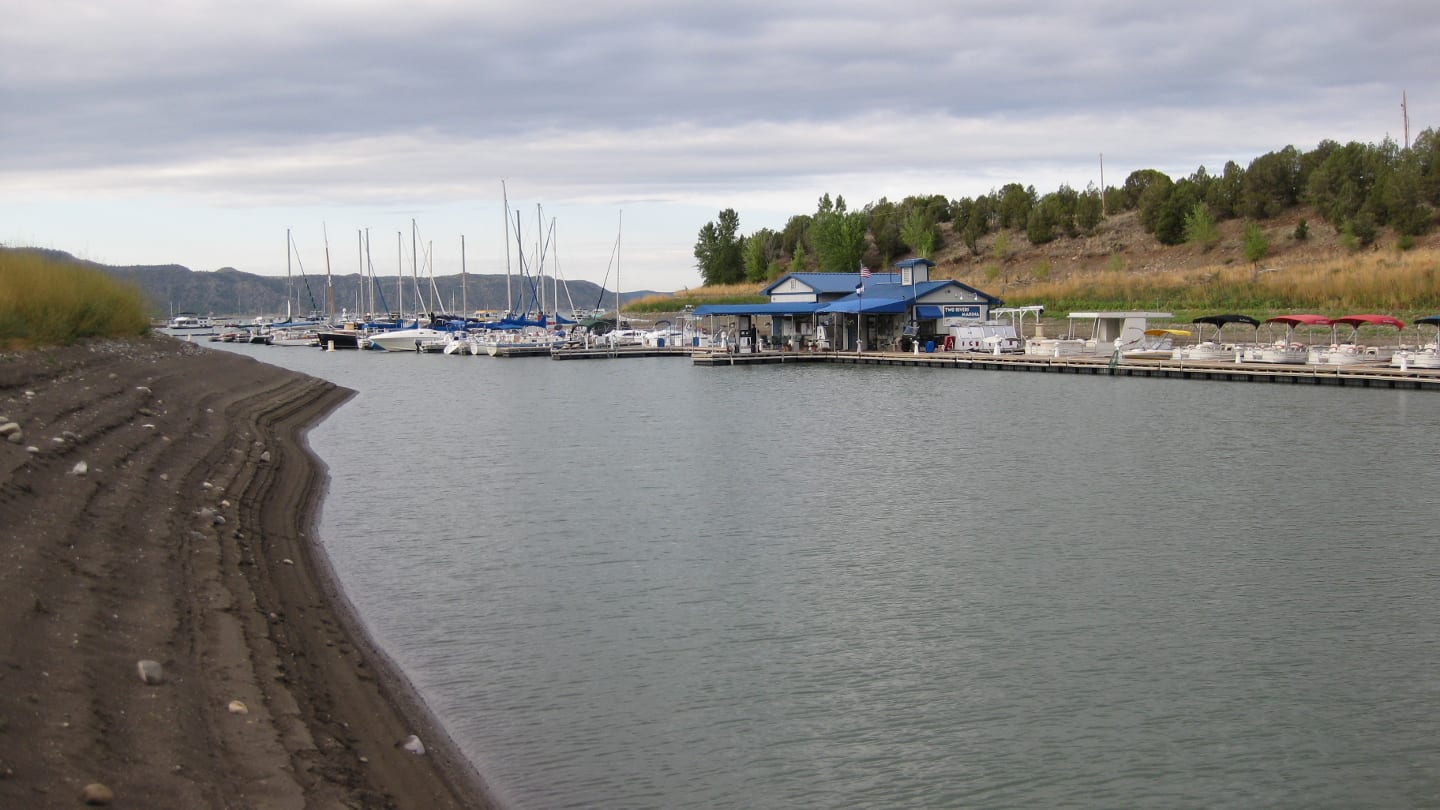
If exploration is what makes you happy, it’s time to discover Colorado’s largest lake that’s NOT entirely within the state, Navajo Reservoir. Only partially located in southern Colorado and mostly in northern New Mexico, here you will come across a slew of recreational activities, camping, and lodging. There are professional fishing guides available to take you to some fabulous fishing spots. After you’re done, enjoy a lakeside campfire under the starlit sky.
The following day at Navajo State Park can be kicked off with some swimming, hunting,g and even cliff diving. To take the reservoir’s canyon tour, it’s better if you can take a sailboat or a kayak. You can rent boats at the Two Rivers Marina in Arboles, CO. Being New Mexico’s second largest lake, Navajo, in other words, is a water paradise for fishing and boating freaks, camping enthusiasts, and keen hikers.
2. Blue Mesa Reservoir – Gunnison (829,500 volume; 9,180 acres)
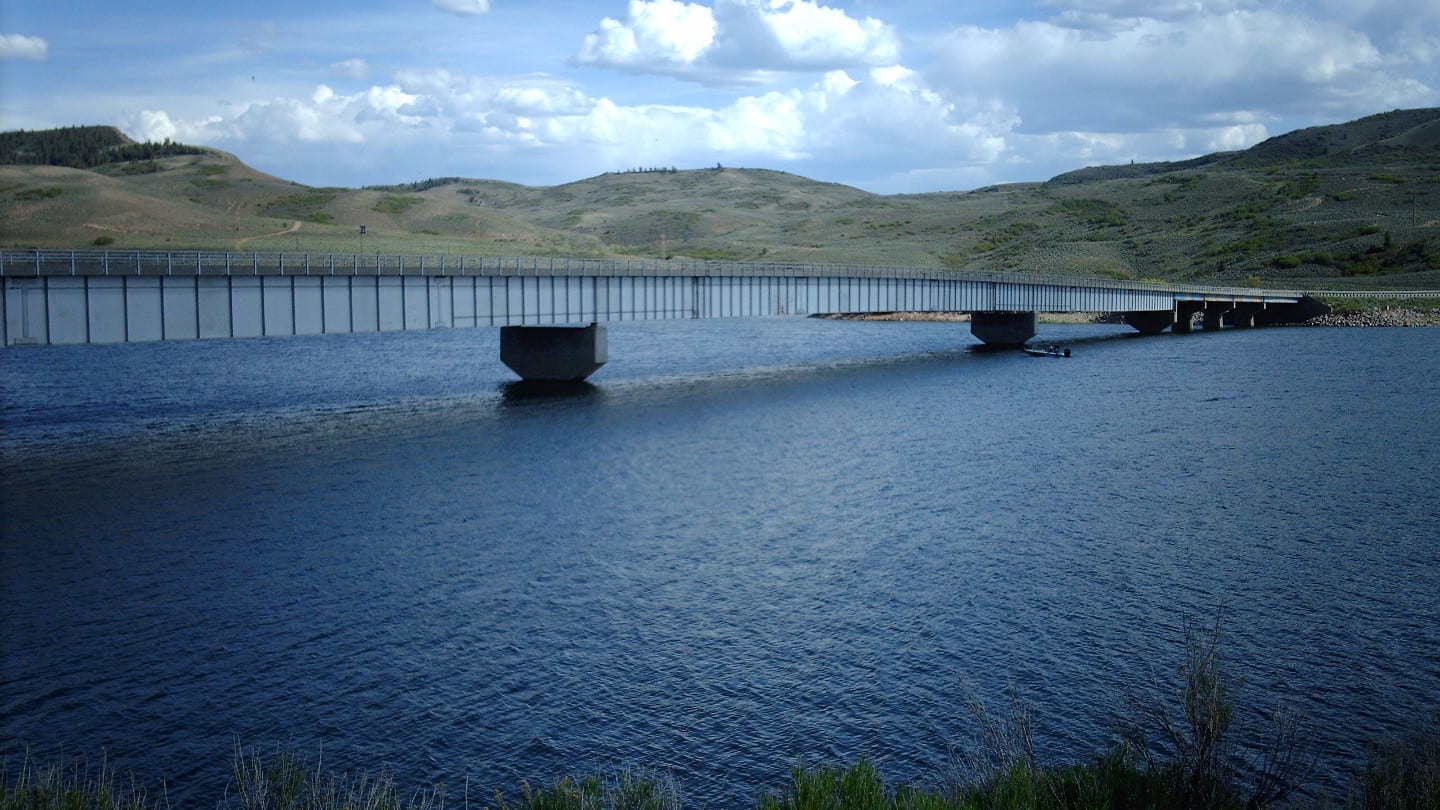
Lying close to the town of Gunnison, Blue Mesa rests in western Colorado and runs up to around twenty miles in length. As far as the shoreline is concerned, it stretches to an unbelievable ninety-six miles. Don’t miss exploring Gunnison County by boat, which will bring some remarkable scenic locations and many other recreational activities within the Curecanti National Recreation Area.
The water sports are excellent at the Blue Mesa Reservoir, Colorado’s biggest lake entirely inside the state. The good news is water lovers will find boat rentals at two marinas on Blue Mesa Reservoir: Elk Creek Marina and Lake Fork Marina. They both rent a variety of watercraft from pontoon boats to kayaks.
3. John Martin Reservoir – Hasty (603,500 volume; 11,650 acres)
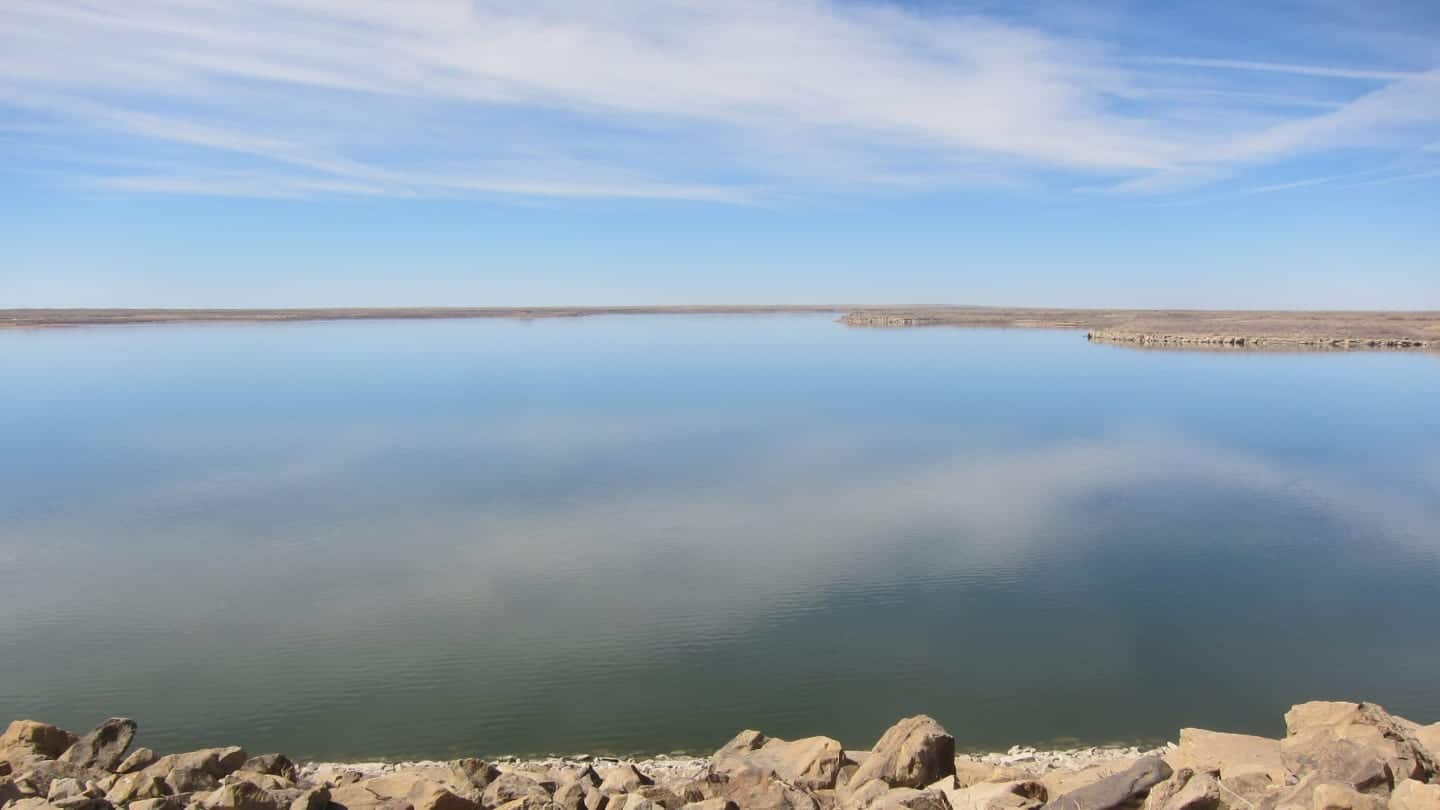
Colorado certainly has a reason to take pride in possessing the John Martin Reservoir. Also known as a “Sapphire on the Plains”, this enthralling lake has been welcoming tourists from almost every nook and corner to witness their neighboring historic landmarks, magnificent wildlife, and recreational venues. It’s located east of Pueblo in Hasty and fed by the Arkansas River.
If you’re willing to play real wind water sports, this is the place you must go. Fishermen can indulge in catching catfish, crappie, walleye, wiper, and more on the waters. Some have also called it a birdwatcher’s paradise as well. It brings into display and earshot around four hundred species. There are 213 campgrounds to accommodate travelers to the largest lake on Colorado’s eastern plains.
4. Lake Granby – Granby (539,758 volume; 7,256 acres)
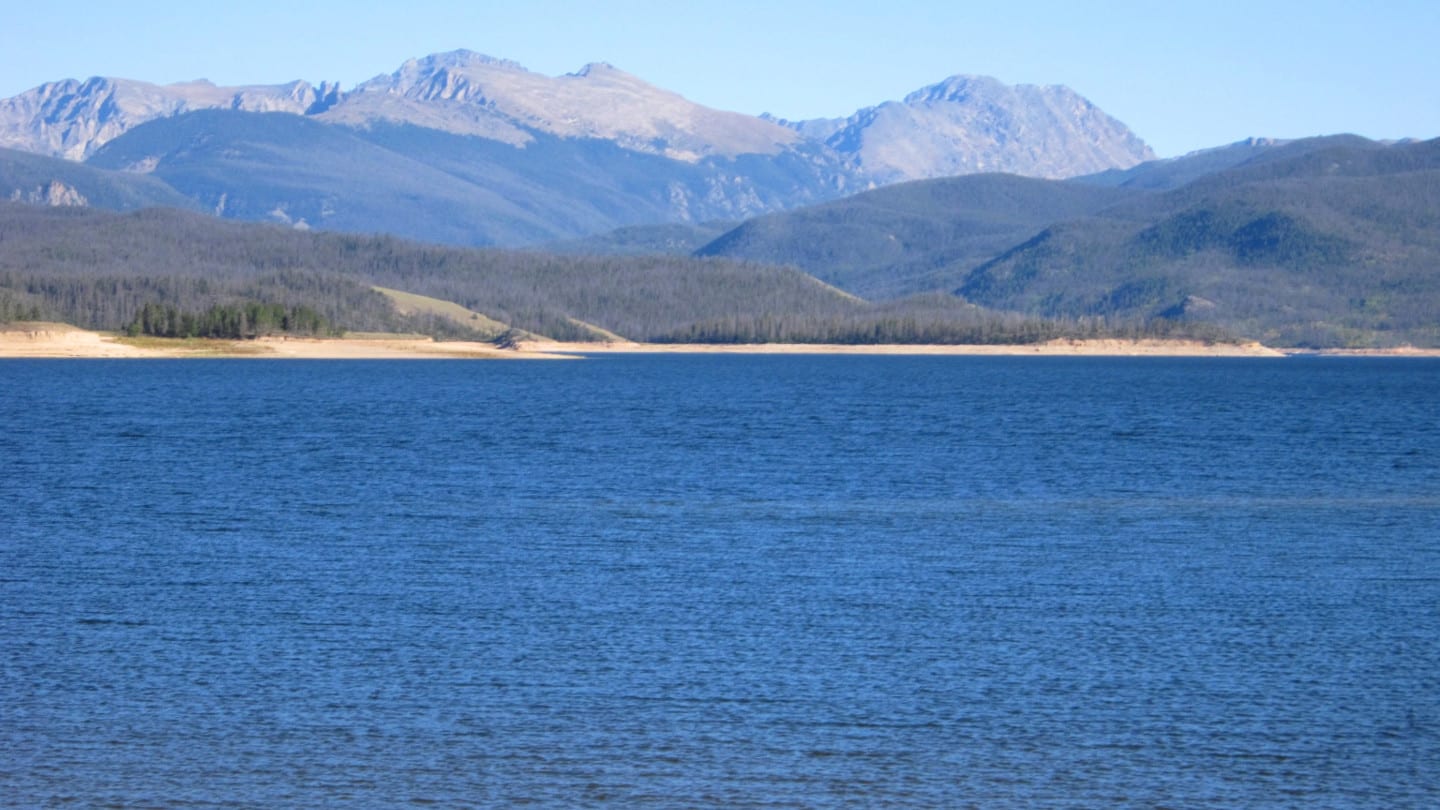
Nestled north of Granby and fed by the Colorado River is Lake Granby. It’s the flagship body of water of the Arapaho National Recreation Area. Created in 1950 from the erection of Granby Dam, the lake stands just five miles away from the town of Granby with its shoreline stretching up to forty miles.
Go also for Shadow Mountain Lake and Grand Lake, which are Granby’s sister lakes. Last but not least, try getting your young ones here for brilliant camping experiences. There are around 260 campsites dotted around the lakes, which make it an ideal place for a holiday. There are three marinas where you can rent boats during the season:
5. McPhee Reservoir – Dolores (381,100 volume; 4,470 acres)
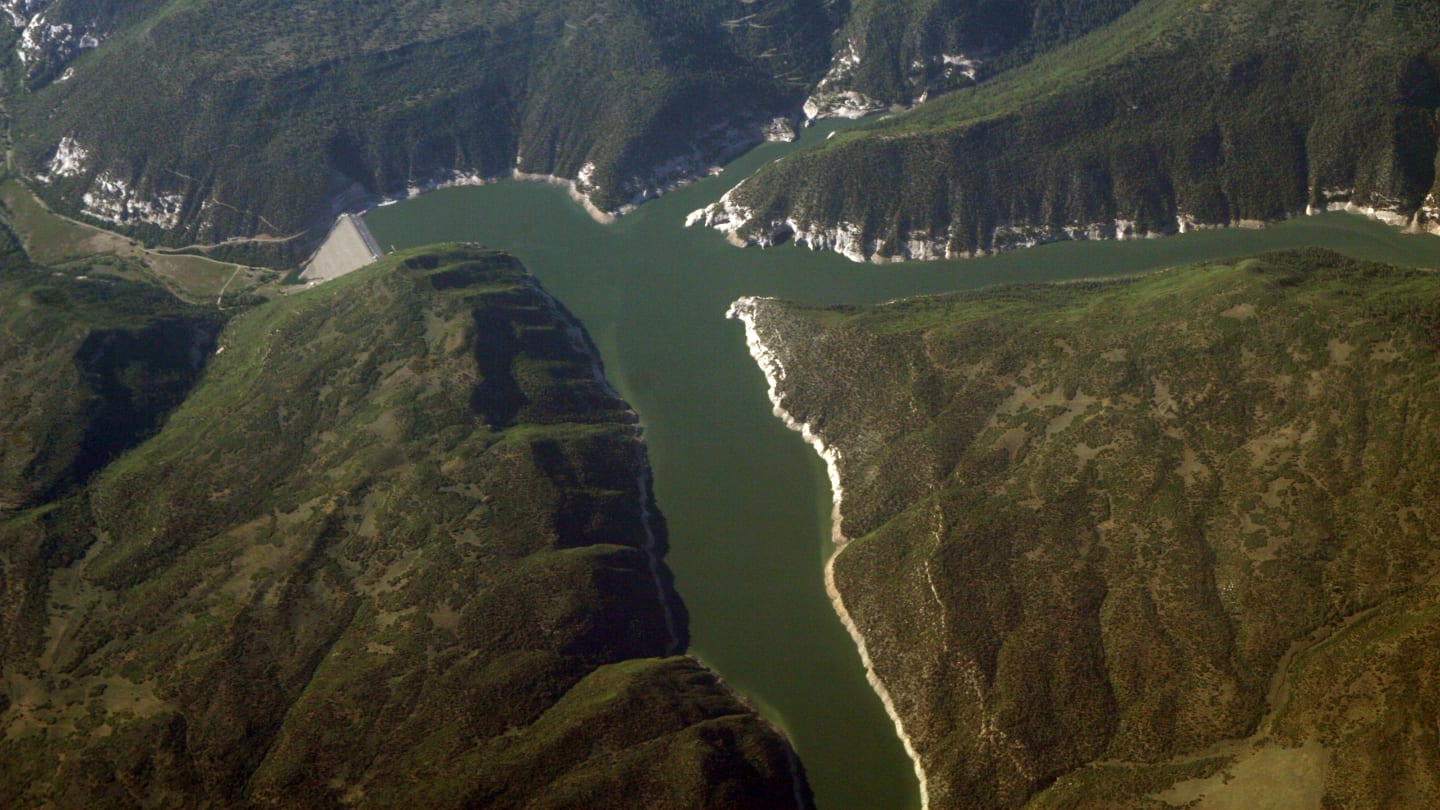
Located over the Dolores River is the grand McPhee Reservoir. Taking a massive space of around 4,470 surface acres, this is indeed one of Colorado’s lakes. The dam is 1300 feet in length and 30 feet wide. As far as its crest goes, it stands 270 feet above the stream bed.
The creation of this reservoir was a result of the construction of the Great Cut Dike and McPhee Dam in a saddle. Plenty of boating options are here, stop by Doc’s Marina for rentals. If you’re keen to show your family how grand a dam can be, this one certainly deserves attention. It’s located in Dolores in Southwest Colorado near Cortez.
6. Lake Pueblo – Pueblo (349,940 volume; 4,600 acres)
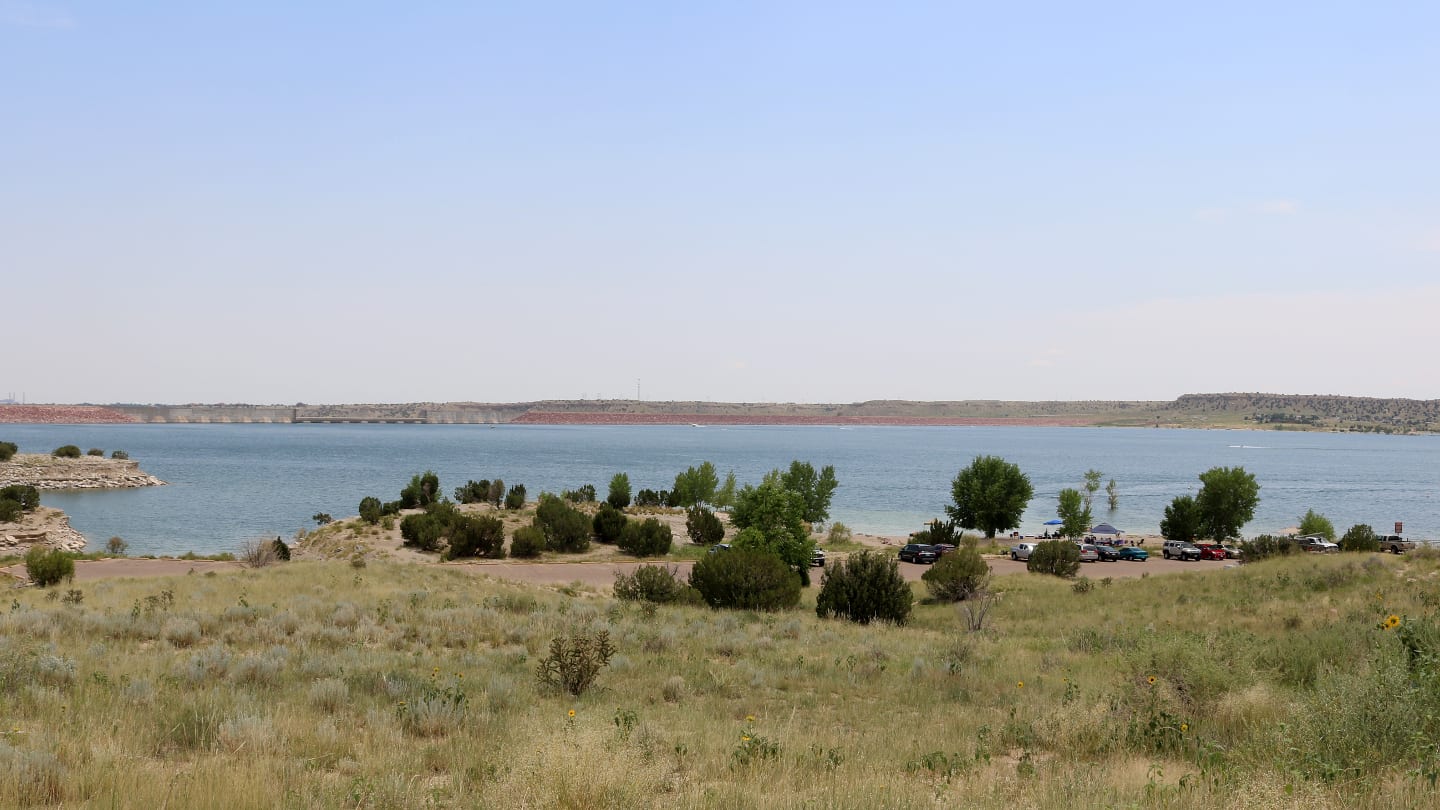
Plan a long trip this time, as Lake Pueblo will not let you go so easily with its mild climate and sunny days. Enjoy campsites, do some river tubing, motor boating, water skiing, and a lot more in this state. It’s located at an elevation of 4,899 on the southern front range plains. There’s a lot of camping around Pueblo Reservoir and nearby national forests.
Enjoy the hiking trails along the Arkansas River, which also offers excellent trout fishing year-round. Rent boats from the two marinas: South Shore Marina and North Shore Marina. The grand peaks and the Greenhorn views will always follow you as you explore your visit to Lake Pueblo State Park.
7. Dillon Reservoir – Dillon (257,304 volume; 3,233 acres)
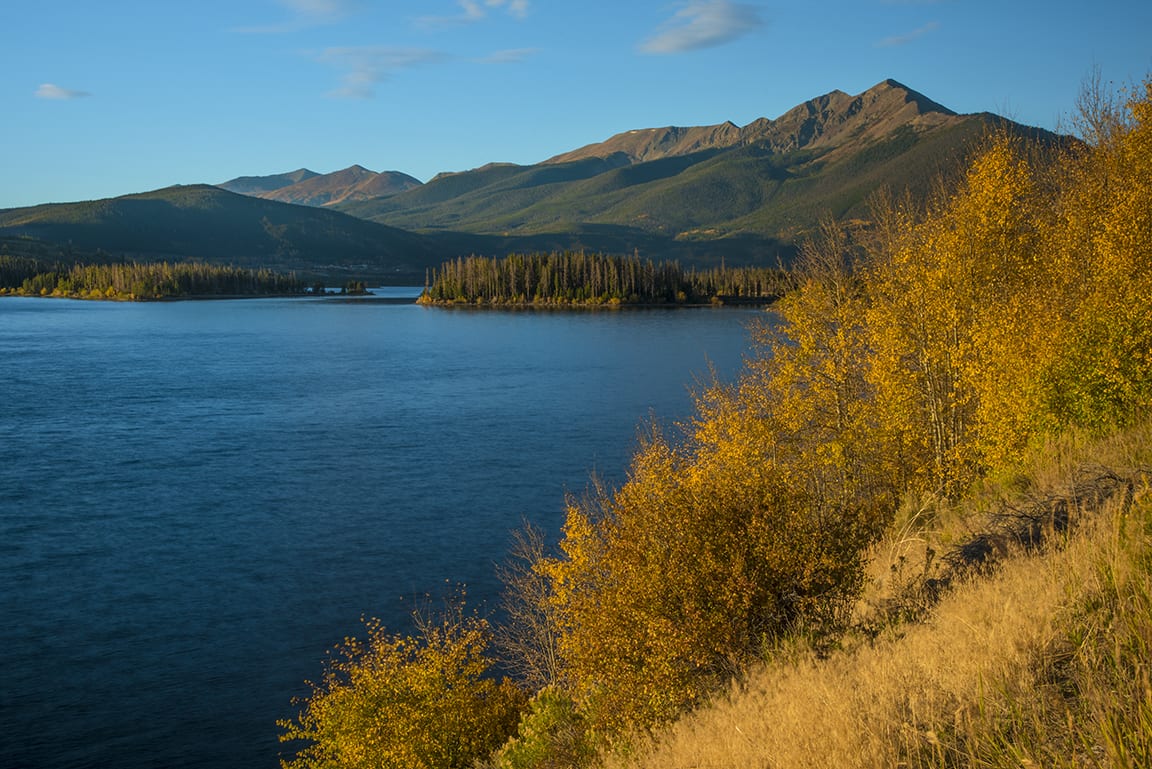
The Dillon Reservoir is the pride and join of Summit County. Its beauty is seldom missed, even for those just traveling by on the Interstate 70. If you’re heading east toward the tunnel you can pull over at an outstanding overlooking to admire its beauty. Or if you have some additional time, consider looping around the lake via US-9 in Frisco, Dam Road, US-6 in Dillon, and Swan Mountain Road.
There are two marinas available to rent boats, one on each side of the lake: Dillon Marina and Frisco Bay Marina. Choose from a range of motor boats including pontoons, as well as motorless watercraft like kayaks and SUPs. There’s also waterside dining at each location, for you to enjoy a cold margarita or hot meal. At less than an hour and a half from Denver, Dillon Reservoir can get crowded though, but there are plenty of surface acres to explore. The fishing is great and there are lakeside campgrounds dotted around the reservoir.
8. Horsetooth Reservoir – Fort Collins (156,735 volume; 1,898 acres)
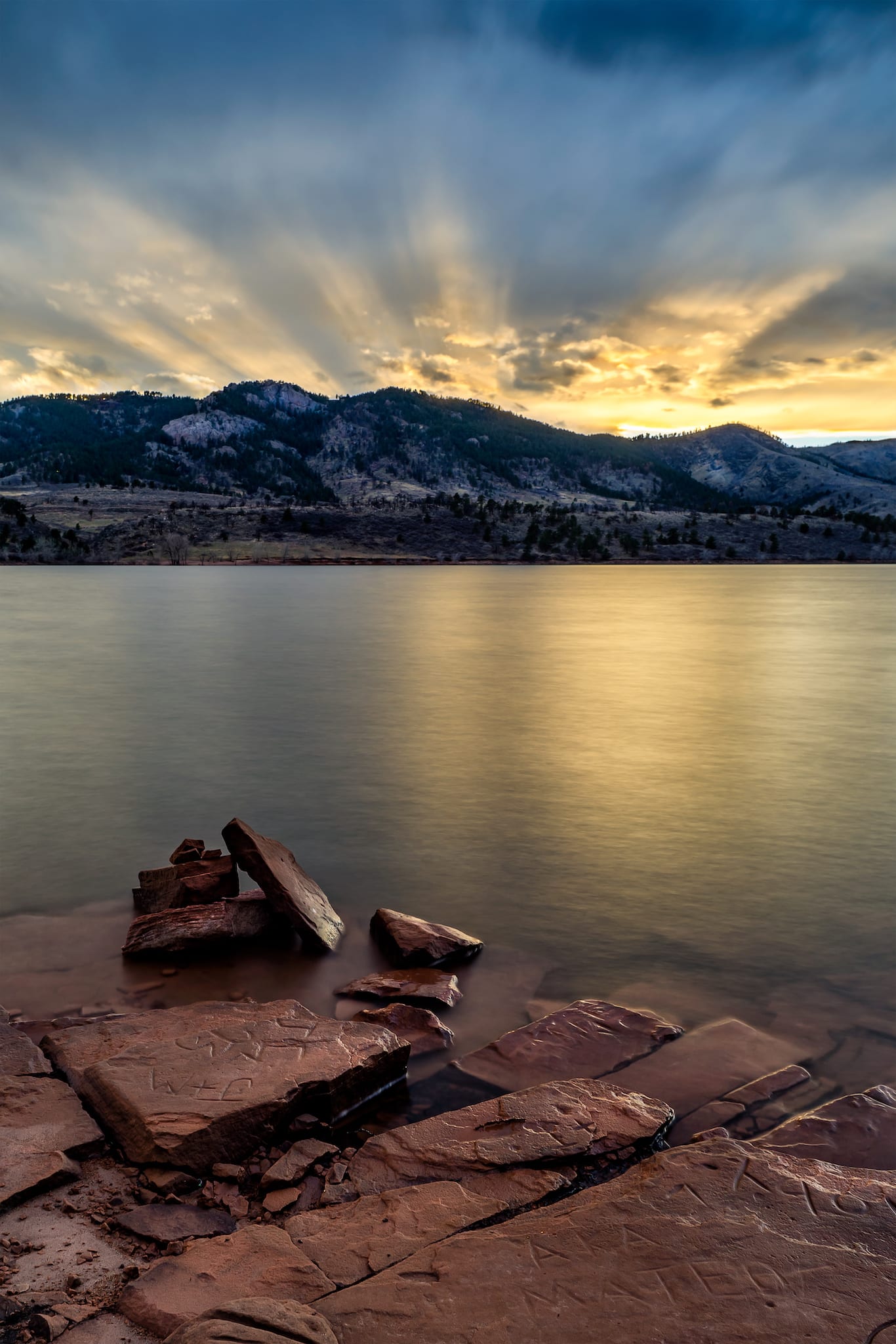
Smack dab in Fort Collins’ own backyard is the stunning Horsetooth Reservoir. You can go on terrific hikes overlooking the reservoir on all sides of it. It’s accessible year-round with numerous parks surrounding the lake, including Rotary Park Open Space on the east side of the reservoir and Lory State Park to the west in Bellvue. Downtown Fort Collins is less than ten minutes from Horsetooth.
Because of its proximity to the northern front range, boat capacity is often reached on the summer weekends. Get there early to ensure your spot. Boat rentals are available through the Inlet Bay Marina. In addition to boating, fishing, and hiking, camping is popular here. There are basic and electric campsites available, as well as primitive camper cabins by the lake.
9. Green Mountain Reservoir – Heeney (153,639 volume; 2,125 acres)
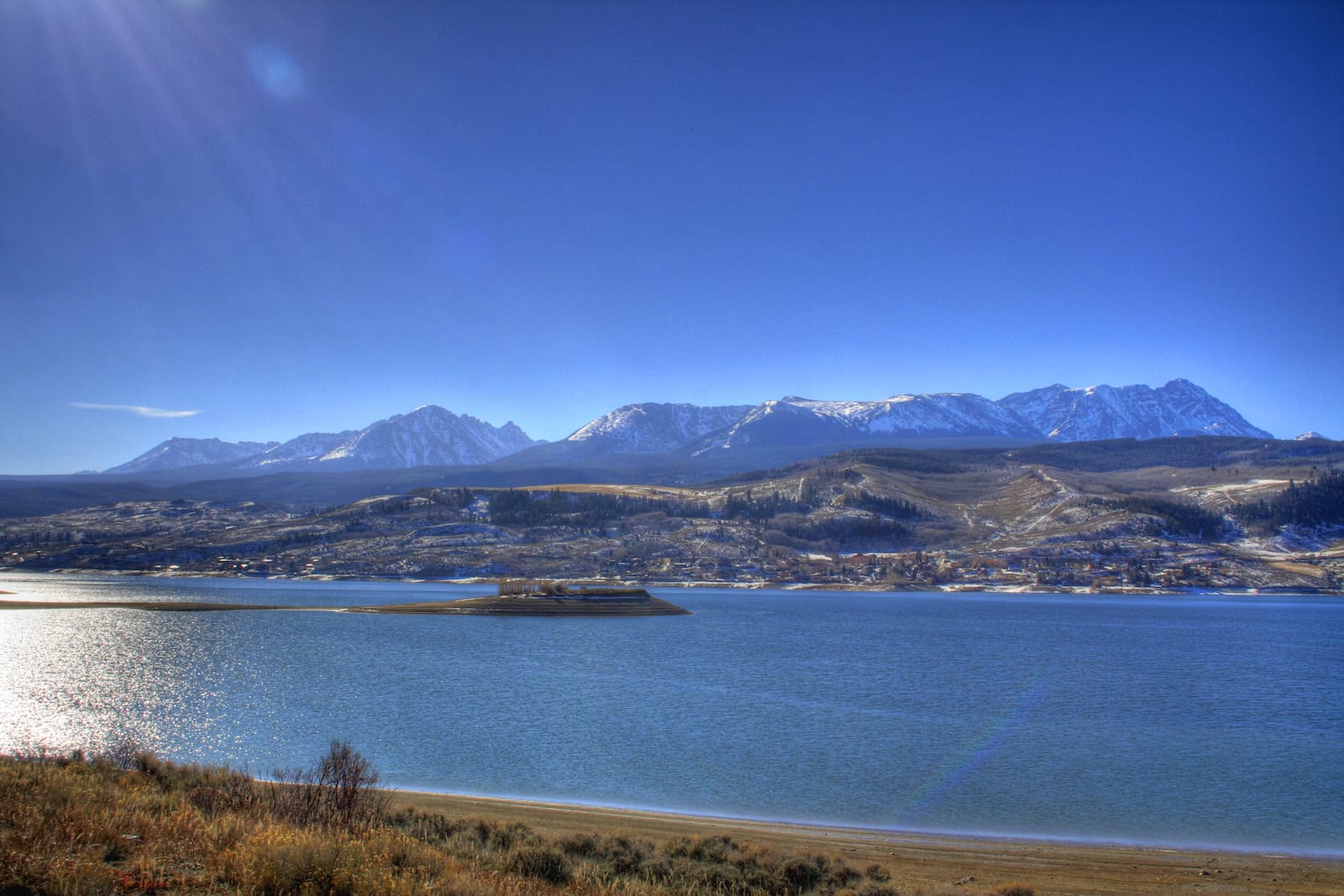
Summit County’s lesser-known lake resides in Heeney, Colorado, to the north of Silverthorne on US-9. Green Mountain Reservoir is the massive body of water you’ll pass on the way to Steamboat Springs before you hit Kremmling. It’s fed by the Blue River, which empties into the Colorado River to the north at Kremmling in Grand County. The fishing is excellent and you can rent boats too at the Heeney Marina.
If you’re looking to get away from the masses and have access to a huge outdoor playground within the White River National Forest, choose Green Mountain Reservoir over Dillon Reservoir. There are a lot of campgrounds around Green Mountain Reservoir with great views of the lake and surrounding mountains. If you’re looking to be in the heart of the cosmopolitan Summit County with fast access to Breckenridge, shopping, restaurants, and entertainment, then choose to stay by Dillon Reservoir.
10. Twin Lakes Reservoir – Twin Lakes (141,000 volume; 2,700 acres)
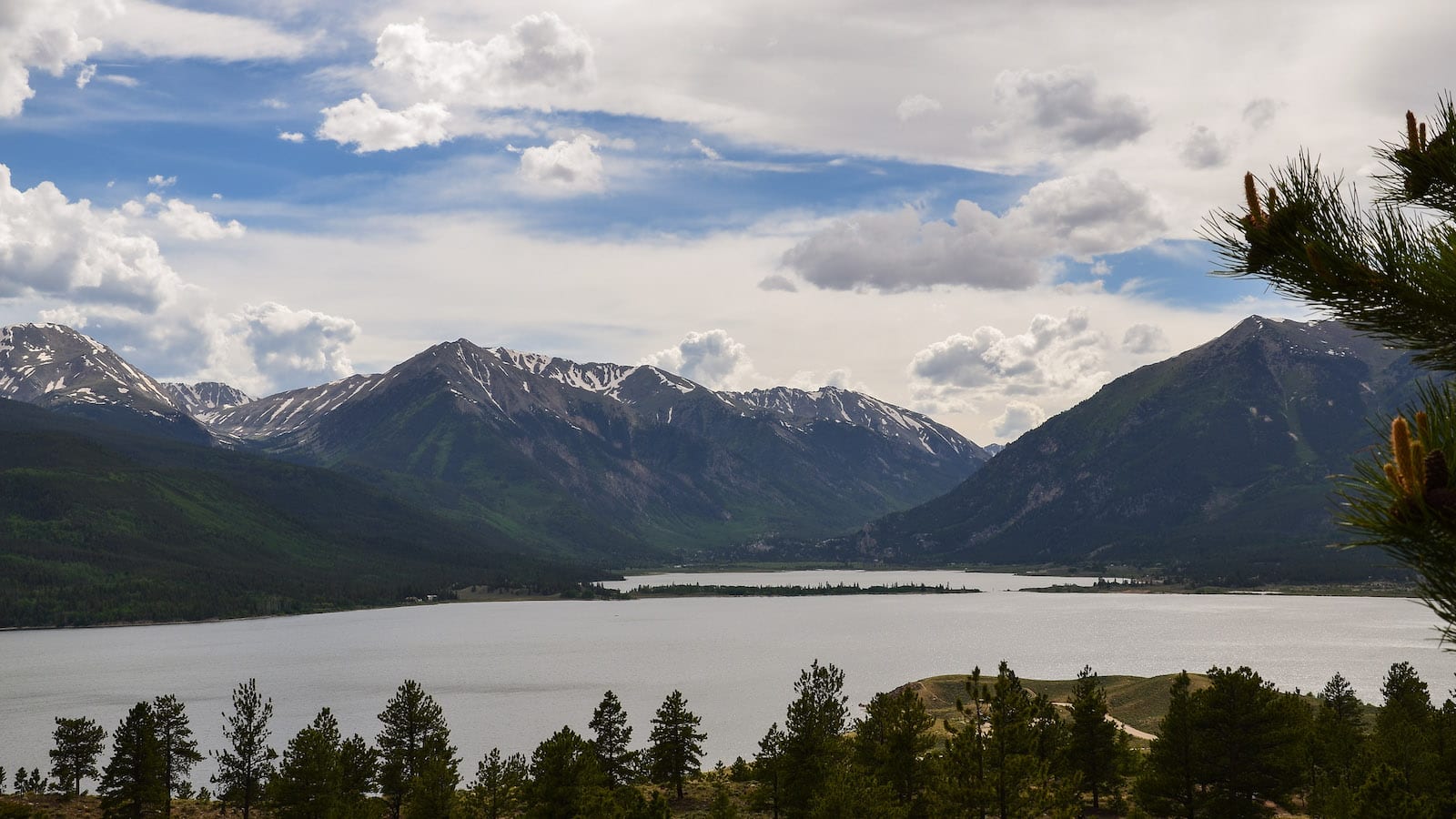
Nestled next to the village of Twin Lakes, this double reservoir lies about halfway between Leadville and Buena Vista. It’s another picturesque set of alpine lakes, with a view of Mt Elbert, Colorado’s largest peak seen on its shores. Twin Lakes Reservoir is a great place to go fishing and camp around the lake or on the surrounding hillsides. And the hiking is top-notch as well, literally offering the top elevation in the state if you’re up for the grueling 6+ hour mostly straight-up trek.
From Twin Lakes, you can continue west on CO-82 in the summer to summit Independence Pass. It’s the thrilling seasonal back route (and shortcut from Chaffee/Lake counties) to the Pitkin County Seat of Aspen. The town of Twin Lakes is tiny, offering a historic ghost town to stroll through, a few shops, and lovely accommodations. Leadville and Buena Vista both have everything else you can need within a thirty-minute drive.
11. Sanchez Reservoir – San Luis (137,850 volume; 3,145 acres)
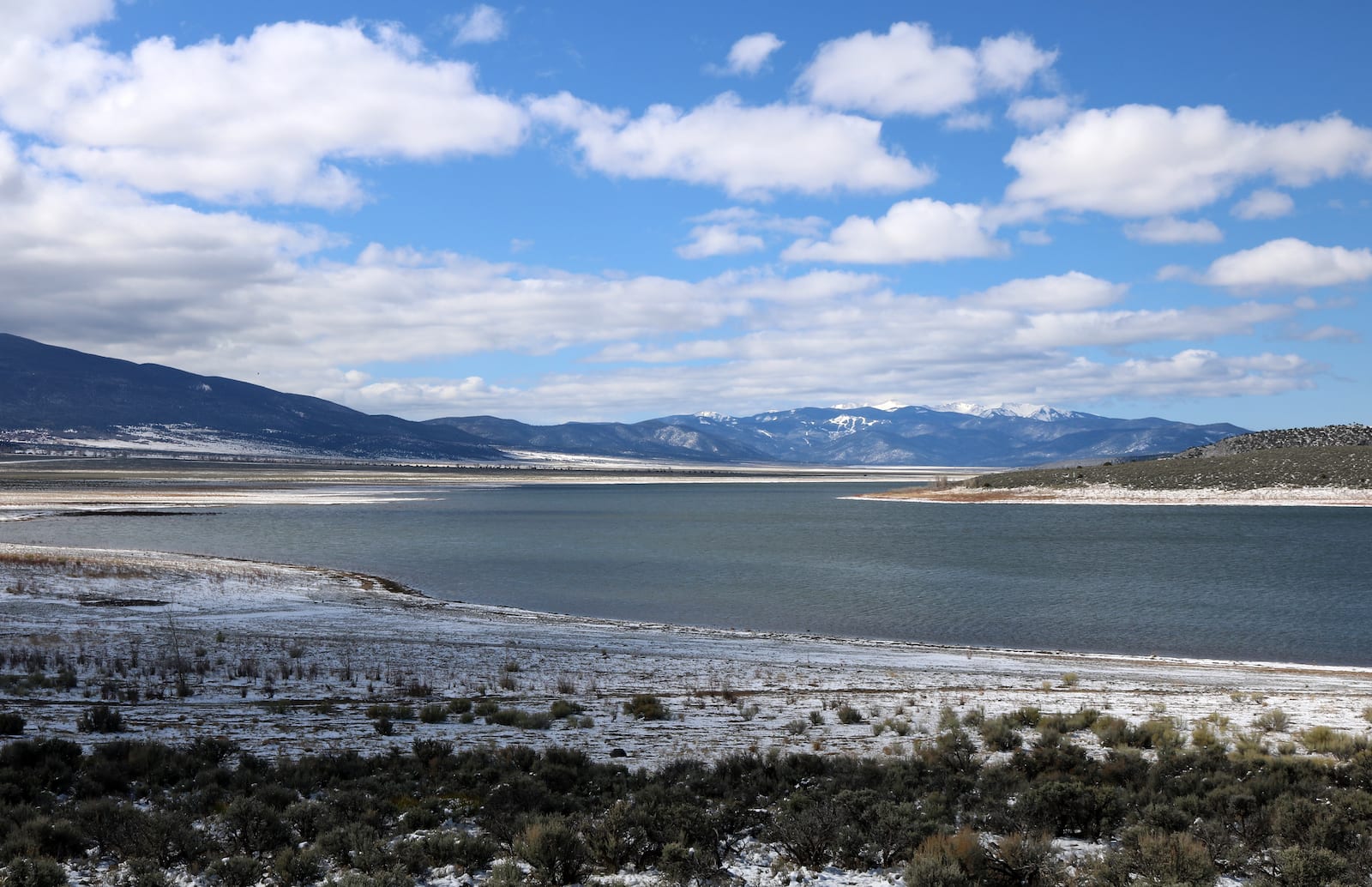
The lesser-known Sanchez Reservoir is hidden away in the southern San Luis Valley in Costilla County. It’s located about ten miles south of Colorado’s oldest, continuously inhabited town, San Luis, CO. It’s a designated state wildlife area, so its services are only open to adults 18 years or older with a valid Colorado hunting or fishing license. Younger than 18 can access it without a license.
Sanchez Reservoir SWA has great warm water fishing and a boat ramp to access its waters. There are restrooms too, otherwise the area is fairly primitive like most SWAs. This is a wonderful reservoir to explore if you happen to be in south-central Colorado by the New Mexican border.
12. Turquoise Lake – Leadville (129,398 volume; 1,800 acres)
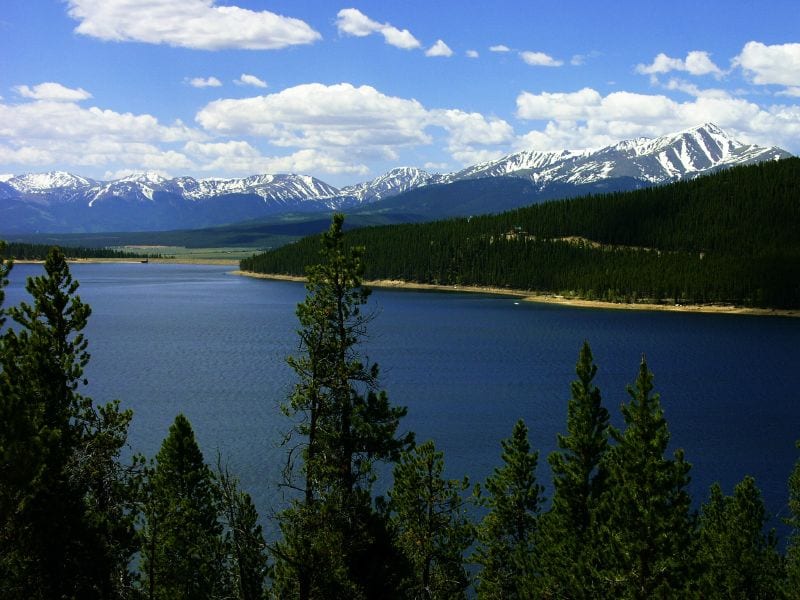
Situated only 5 miles west of Leadville’s Historic District, Turquoise Lake is a sight to see. It’s a very nice place to fish in its sparkling waters. Boat access is available on Tabor Boat Ramp, with kayaking and canoeing commonplace. Bigger motor boats like pontoon boats are welcome too. Ice fishermen test their luck at Turquoise Lake each winter. Camping, hiking, and 4×4 roads are close by too.
14,000-foot peaks surround the lake. Mount Massive and Mount Elbert are visible, adding to the tremendous views around Turquoise. You can take a scenic auto tour around the lake via Turquoise Lake Road. Or hike around the lake, which at nearly 10,000 feet in elevation will provide a good workout despite its relatively flat terrain. Spend the night by the lake at Baby Doe or Molly Brown campgrounds.
13. Vallecito Reservoir – Durango (125,400 volume; 2,720 acres)
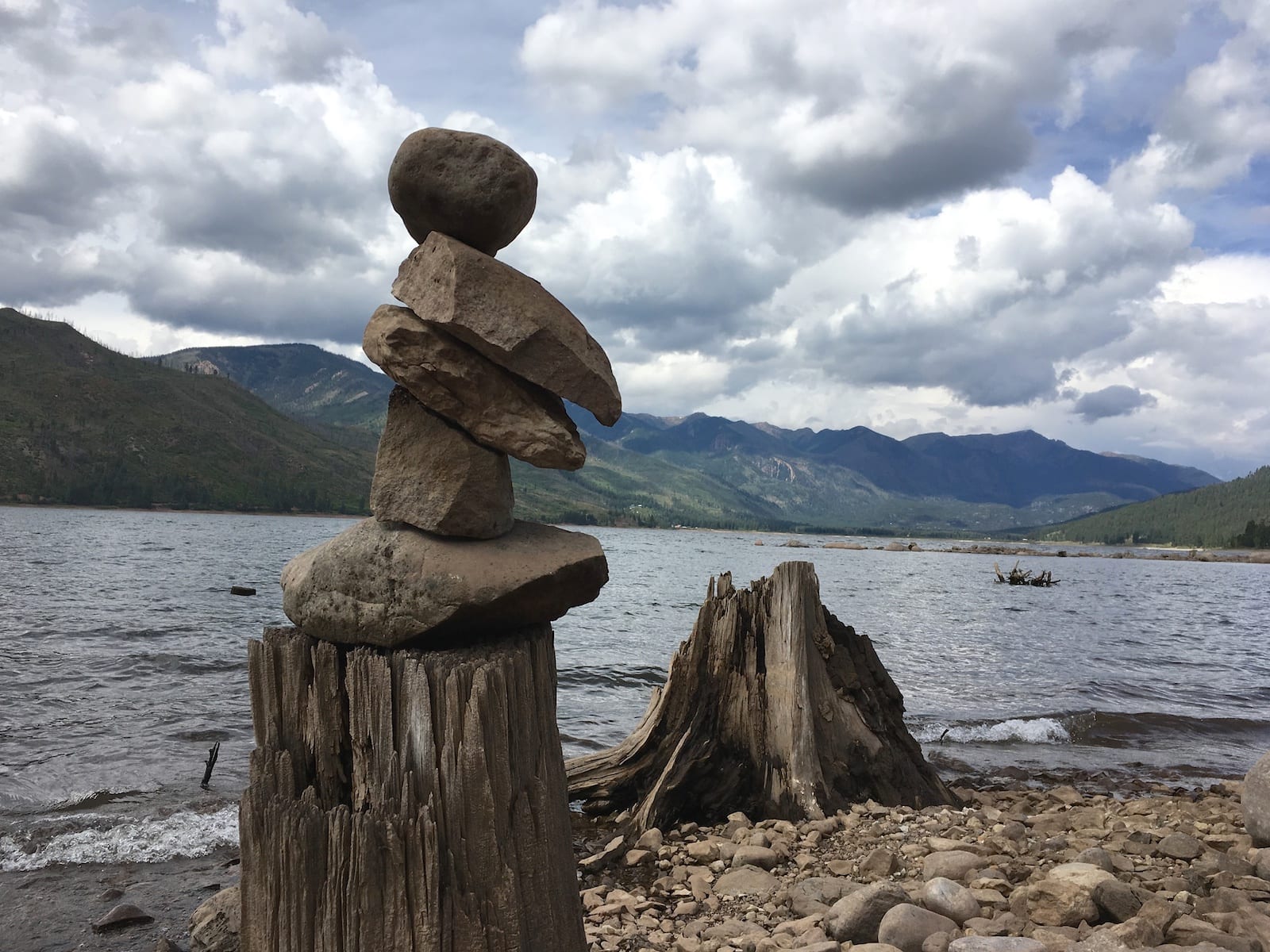
Before Lake Nighthorse opened to the public in 2018, Vallecito Lake was the closest large body of water to Durango at thirty minutes to the northeast. Located in La Plata County’s neighbor Bayfield, Vallecito Lake is an awesome place for all kinds of outdoor recreation. From hiking in the nearby national forest to driving around the lake, there are so many ways to enjoy its waters.
There are numerous campgrounds surrounding the reservoir, with some dispersed camping options available too. Vallecito has its own little community too with numerous year-round residents and a few restaurants open for business. This is a ca n’t-miss lake if you’re visiting Durango and need to escape its relative hustle and bustle.
14. Lake Nighthorse – Durango (120,000 volume; 1,490 acres)
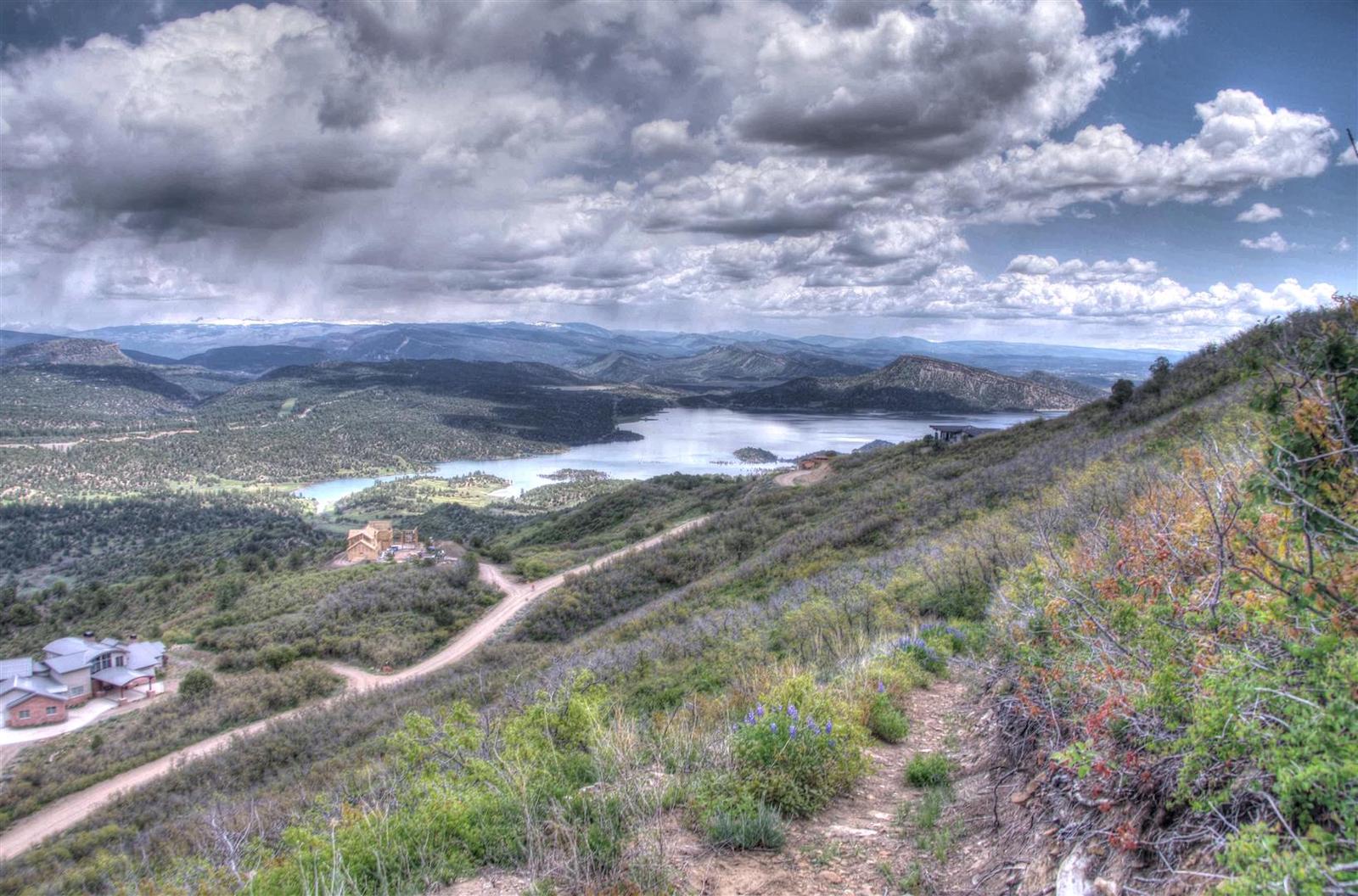
La Plata County’s newest body of water to open for public recreation is Lake Nighthorse. Officially opened in April 2018, it’s located only 4 miles southwest of downtown Durango, making it extremely convenient for water sports in La Plata County. The lake brings a top-notch fishing and boating destination to the town of Durango.
You can rent simple kayaks, canoes, and SUP from 4 Corners Riversports. There is swimming permitted in the designated swim area. There are some developed hiking trails too, as well as picnic tables to enjoy a meal overlooking the lake. Whether you plan to go out on the water or just watch to sightsee a massive alpine reservoir, the ten-minute drive from town is well worth the petrol.
15. Morrow Point Reservoir – Sapinero (117,025 volume, 817 acres)
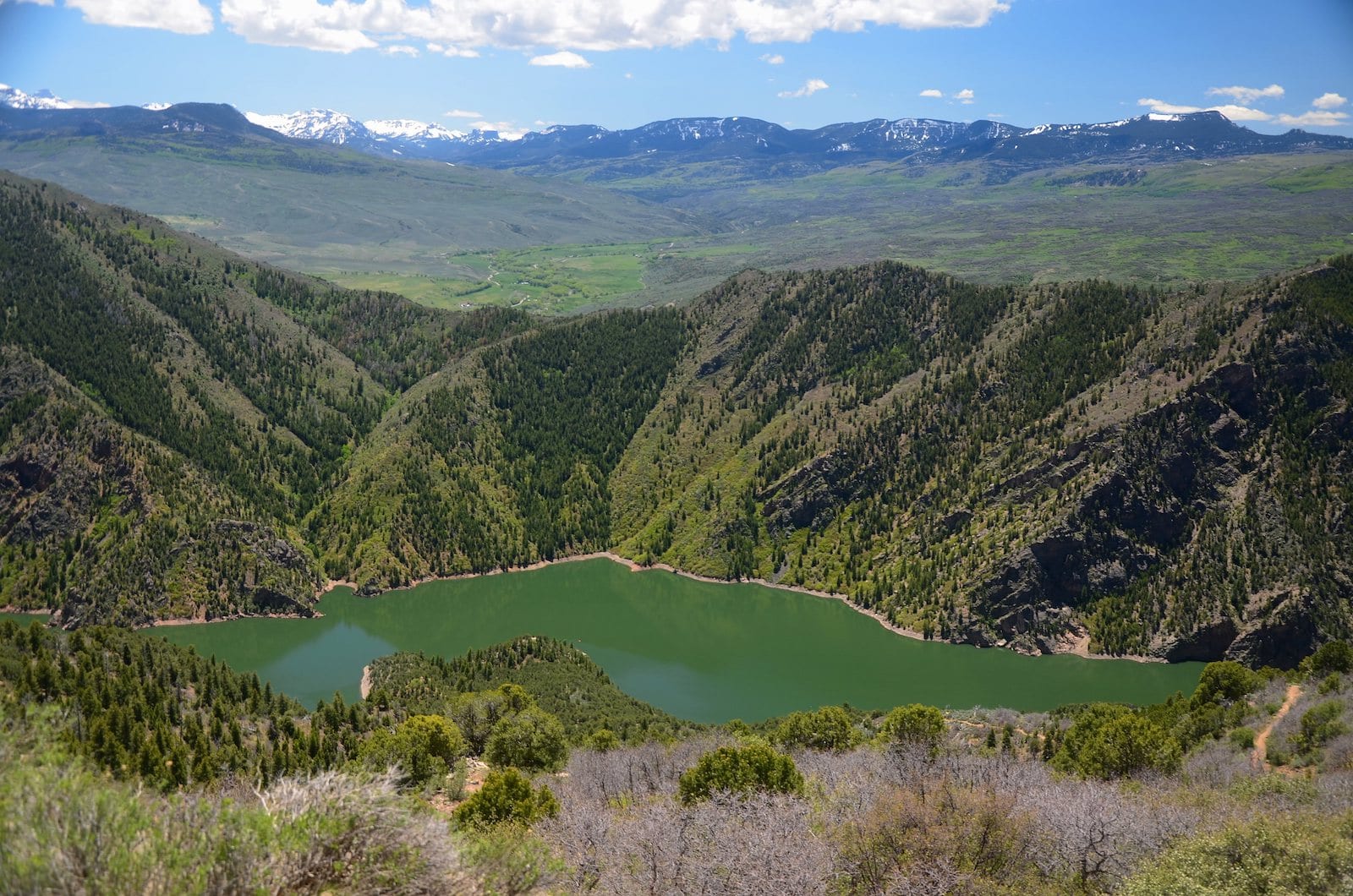
Another lake within the Curecanti National Recreation Area, Morrow Point Reservoir often gets overshadowed by the much bigger Blue Mesa Reservoir. It’s a narrow reservoir that begins not longer to the west after Blue Mesa Reservoir and the town of Sapinero. It’s an incredible alpine lake to fish and hike around. The striking Curecanti Needle is Morrow Point’s most incredible landmark, rising from its southern shore. It’s a 700′ tall spire made of granite.
Just to the west of the Morrow Point Reservoir is the Crystal Reservoir, the third lake within the Curecanti National Recreation Area. All three are fed by the mighty Gunnison River. If you’re looking for water sports within the region of the Black Canyon of the Gunnison, Curecanti NRA is a good place to be. Morrow Point Reservoir is located in the upper Black Canyon of the Gunnison, so accessing either side of the nearby national park and wilderness is easy.
Remaining Largest Lakes in Colorado
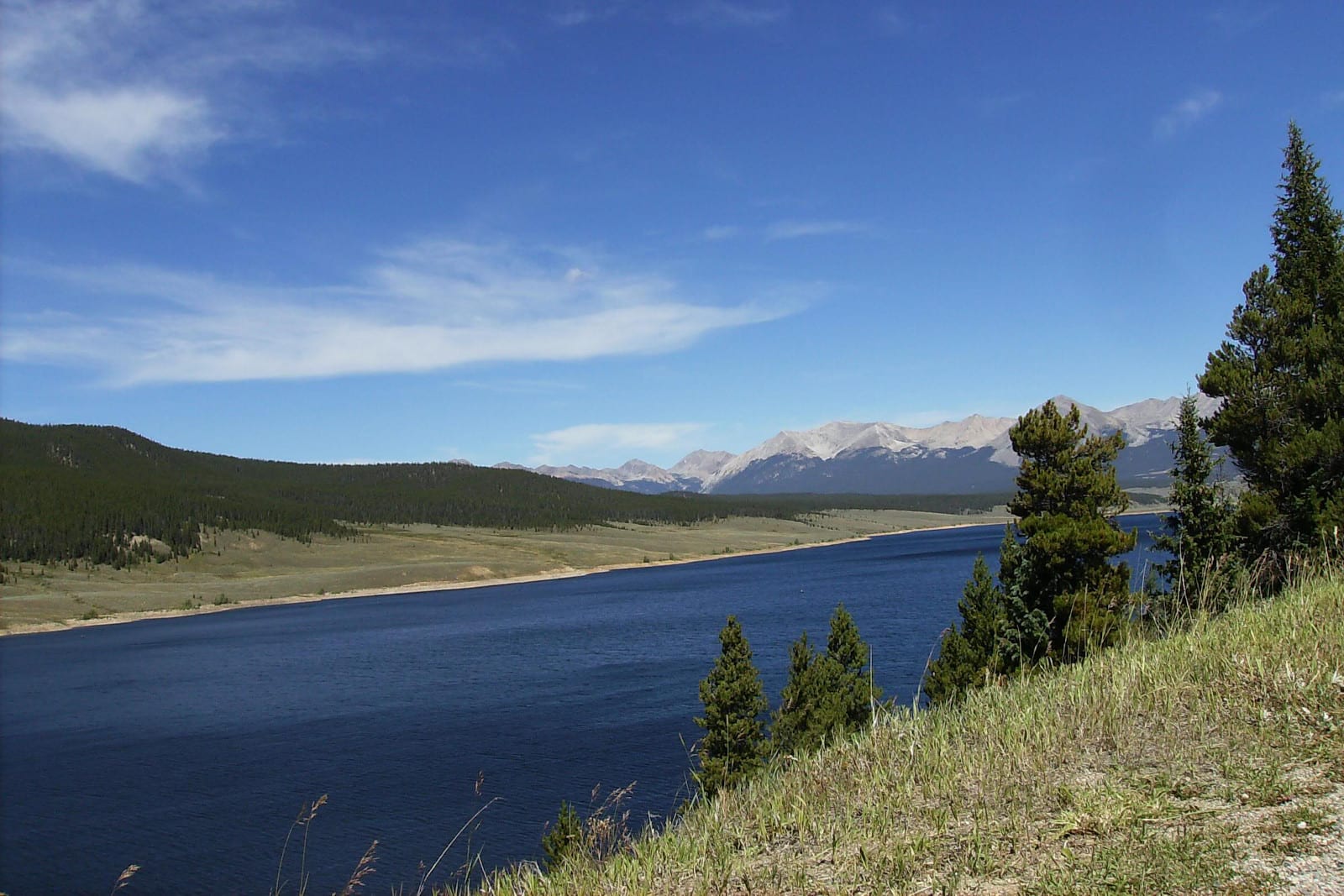
That’s a roundup of the largest lakes and reservoirs in Colorado! They’re listed by approximate volume and surface acres when full. If you’re looking to explore more of Colorado’s waterways read up on its major rivers, as well as other terrific lakes and reservoirs. Enjoy your time on the water and be safe.
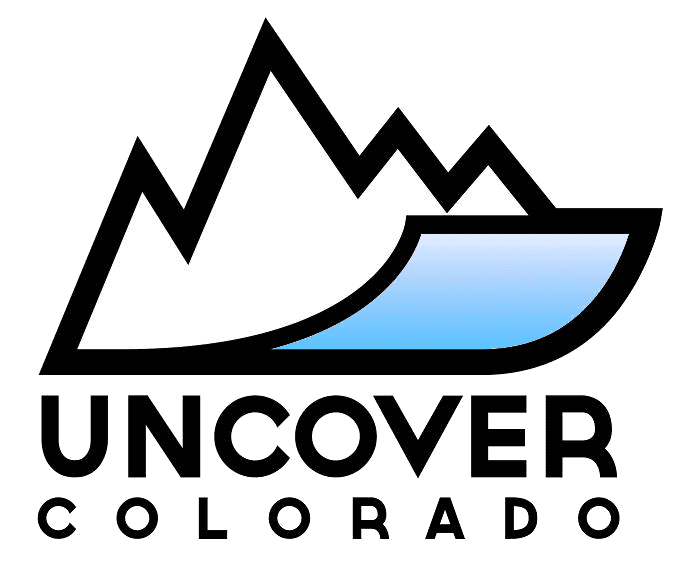
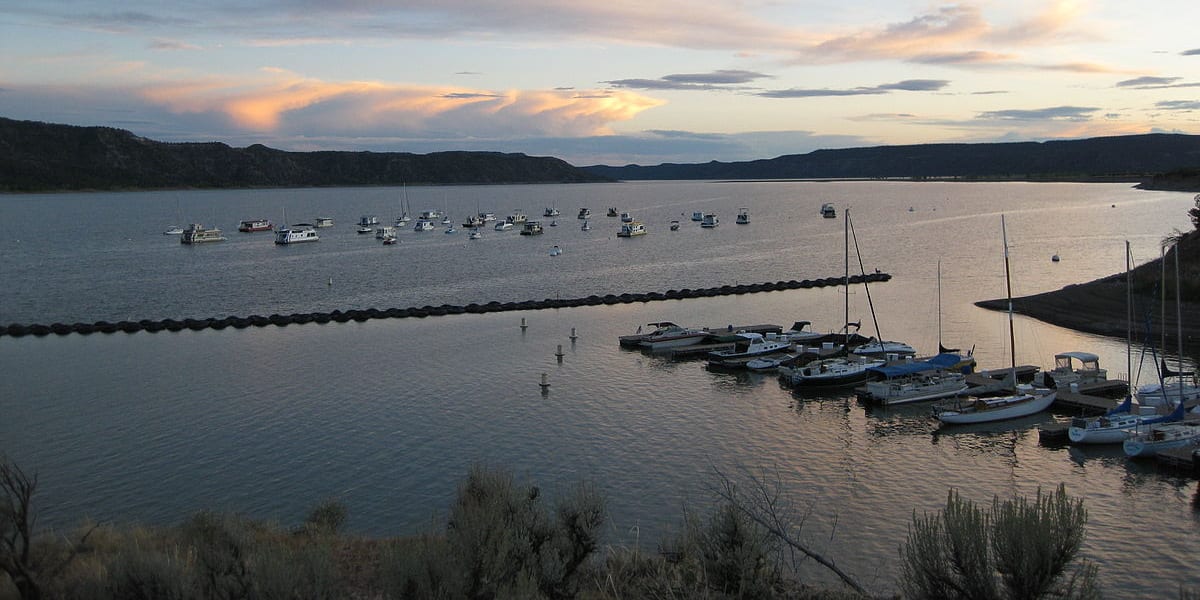
 Things To Do at the Colorado Royal Gorge
Things To Do at the Colorado Royal Gorge